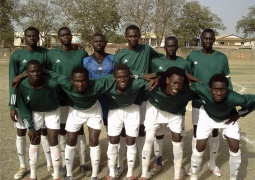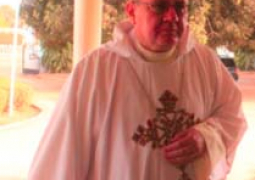
Famara Darboe of the Department of Fisheries has said The Gambia fisheries and waters are divided into two marine fisheries waters.
Famara Darboe was presenting a report on Illegal Unregulated and Unreported (IUU) fishing workshop held recently in Basse by the National Assembly Committee on Agriculture.
This, he added, comprises all waters within the 200 nautical miles west of the line joining Cape and Buniadu Points.
This vast territorial water is divided into fish resources exploitation zones in line with fisheries resources conservation map of The Gambia showing boundary between marine fisheries waters and inland fisheries waters.
According to Darboe, this includes all internal waters east of the line joining Buniadu point and Cape point and it consists of the Gambia Estuary and the brackish water and river.
In the Estuary, considered the most productive fisheries waters, alone has an average of about 70 fish species recorded at various times of the year, he said.
The freshwater part is also rich in fish biodiversity. Although not fully confirmed, an estimate of around 30 fish species could be present, and the survey for enumeration and cataloguing freshwater fish species is ongoing, he added.
The exploitation of these species has very important socio-economic importance to the inland communities, for 100,000 Gambians derive their livelihood from inland fisheries, Mr Darboe stated.
The zone has potentials to contribute immensely to food security as it relates to Vision 2016 and other visions beyond if the menace of IUU - Illegal Unregulated and Unreported fishing - is immediately arrested.
All the activities under IUU are characterised by frustrating fisheries management objectives that could lead to collapse of fishery or seriously impair efforts to rebuild depleting fish stocks.



